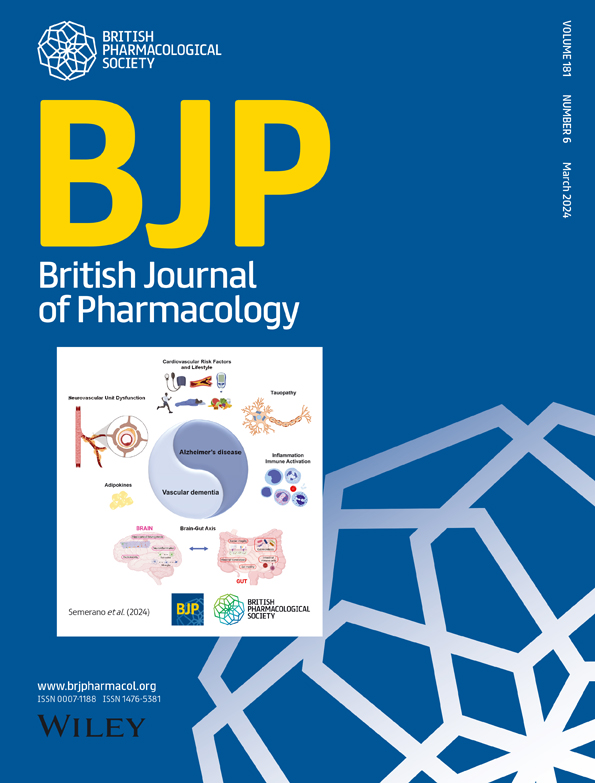The neuropharmacological properties of α-pyrrolidinobutiothiophenone, a new synthetic cathinone, in rodents; role of the dopaminergic system
Abstract
Background and Purpose
α-Pyrrolidinobutiothiophenone (α-PBT) is a chemical derivative of cathinone, a structural analogue of amphetamine. Until now, there have been a few previous neurochemical or neurobehavioural studies on the abuse potential of α-PBT.
Experimental Approach
We examined the abuse potential of α-PBT by measuring psychomotor, rewarding, and reinforcing properties and methamphetamine-like discriminative stimulus effects in rodents using locomotor activity, conditioned place preference, self-administration, and drug discrimination studies. To clarify the underlying neuropharmacological mechanisms, we measured dopamine levels and neuronal activation in the dorsal striatum. In addition, we investigated the role of the dopamine D1 receptor or D2 receptors in α-PBT-induced hyperlocomotor activity, conditioned place preference, and the methamphetamine-like discriminative stimulus effect of α-PBT in rodents.
Key Results
α-PBT promoted hyperlocomotor activity in mice. α-PBT induced drug-paired place preference in mice and supported self-administration in rats. In a drug discrimination experiment, α-PBT fully substituted for the discriminative stimulus effects of methamphetamine in rats. Furthermore, α-PBT increased dopamine levels and c-Fos expression in the dorsal striatum of mice, which was associated with these behaviours. Finally, pretreatment with the D1 receptor antagonist SCH23390 or the D2 receptors antagonist eticlopride significantly attenuated acute or repeated α-PBT-induced hyperlocomotor activity, place preference, and the methamphetamine-like discriminative stimulus effects in rodents.
Conclusions and Implications
These findings suggest that α-PBT has abuse potential at the highest dose tested via enhanced dopaminergic transmission in the dorsal striatum of rodents. The results provide scientific evidence for the legal restrictions of the recreational use of α-PBT.

 求助内容:
求助内容: 应助结果提醒方式:
应助结果提醒方式:


